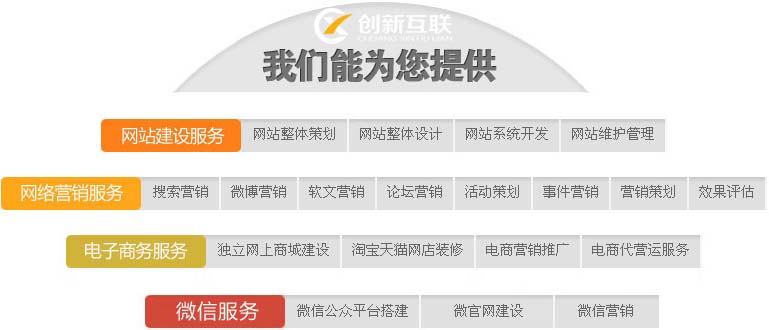springboot注入property的三种方式(推荐)
以前使用spring的使用要注入property要配置PropertyPlaceholder的bean对象。在springboot除 了这种方式以外还可以通过制定 配置ConfigurationProperties直接把property文件的 属性映射到 当前类里面。

成都创新互联公司不只是一家网站建设的网络公司;我们对营销、技术、服务都有自己独特见解,公司采取“创意+综合+营销”一体化的方式为您提供更专业的服务!我们经历的每一步也许不一定是最完美的,但每一步都有值得深思的意义。我们珍视每一份信任,关注我们的成都做网站、成都网站设计质量和服务品质,在得到用户满意的同时,也能得到同行业的专业认可,能够为行业创新发展助力。未来将继续专注于技术创新,服务升级,满足企业一站式全网营销推广需求,让再小的品牌网站建设也能产生价值!
@ConfigurationProperties(prefix = "mypro", merge = true, locations = { "classpath:my.properties" })
ConfigurationProperties prefix 属性指示property文件中属性的前缀是什么。我这里写的是mypro。
因此property文件的属性必须mypro.x.y=z的形式;
配置好ConfigurationProperties 之后就可以把property文件的属性映射到当前类了。
mypro.a:1 mypro.b:2 abc.d:123
property 文件里面mypro前缀的有a 和b两个。因此我在当前类就可以新建这两个属性。
private int a; private int b;
这些需要映射的属性一定要加上getter 和setter。因为spring是通过反射调用方法来修改属性值的
以前使用spring注入property的方式也同样适用。以前是xml配置PropertyPlaceholder。现在使用@bean 或者直接@Component配置这个类。只要把PropertyPlaceholderConfigurer添加到bean工厂,就可以使用@Value 取值了。
@Component
public class MyPropertyPlaceholderConfigurer extends PropertyPlaceholderConfigurer{
public MyPropertyPlaceholderConfigurer(){
this.setIgnoreResourceNotFound(true);
final List resourceLst = new ArrayList();
resourceLst.add(new ClassPathResource("my.properties"));
this.setLocations(resourceLst.toArray(new Resource[]{}));
}
}
@Value("abc.d")
private String test; 另外的一种方法跟第二种差不多的。更像以前的xml配置PropertyPlaceholder。只是现在的配置是用@Configuration标注的类,用@Bean标注要配置的bean对象;
@Configuration
public class Testproperties {
@Bean
public PropertyPlaceholderConfigurer properties(){
final PropertyPlaceholderConfigurer ppc = new PropertyPlaceholderConfigurer();
ppc.setIgnoreResourceNotFound(true);
final List resourceLst = new ArrayList();
resourceLst.add(new ClassPathResource("my.properties"));
ppc.setLocations(resourceLst.toArray(new Resource[]{}));
return ppc;
}
} 以上所述是小编给大家介绍的spring boot 注入 property的三种方式,希望对大家有所帮助,如果大家有任何疑问请给我留言,小编会及时回复大家的。在此也非常感谢大家对创新互联网站的支持!
名称栏目:springboot注入property的三种方式(推荐)
文章分享:http://mswzjz.cn/article/poohhc.html